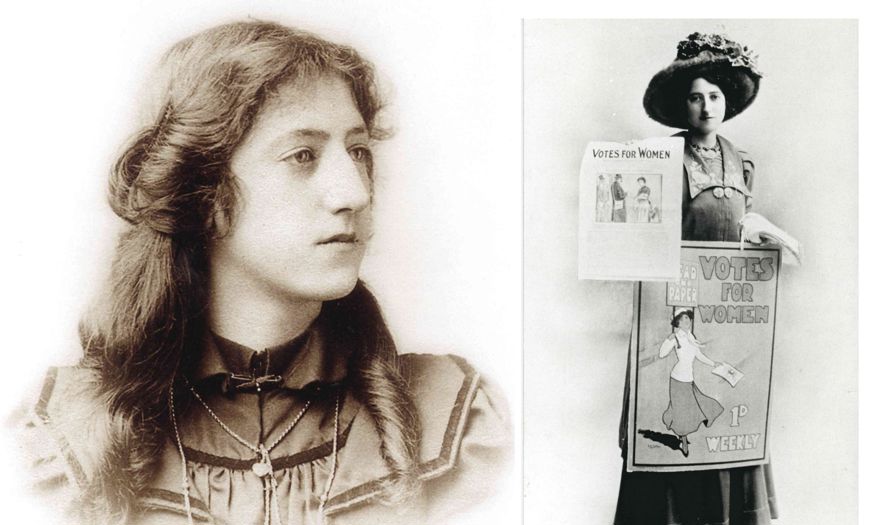Suffragettes and Chelmsford
2018 marks 100 years since The Representation of the People Act 1918, giving women the right to vote. The suffragettes played such a big part in getting more rights for women, including the right to vote in elections, and this was no different in Chelmsford.
Prominent suffragettes including Sylvia Pankhurst, visited Chelmsford in 1908, with a rowdy meeting at the Bell Hotel. Local suffragettes at the time were led by Flora Drummond, who was nicknamed ‘The General’ for her habit of leading Women's Rights marches wearing a military style uniform. Drummond was an organiser for the Women's Social and Political Union (WSPU) and was imprisoned nine times for her activism in the Women's Suffrage movement. It was reported in November 1908, that there were representatives of three different Women’s suffrage organisations at work in Chelmsford; The Women’s Social and Political Union (the militant suffragettes), The Women’s Freedom League and The National Union of Women’s Suffrage Societies.”
There were many important suffragettes in Chelmsford and Essex that played a part in the change in voting laws. One of these notable suffragettes was Grace Chappelow. She was born on 3 February 1884 in Islington, and lived at Nounsely, Hatfield Peverel. In her 20s, she became a militant suffragette and member of The Women’s Social and Political Union. During her work and time as a suffragette, Grace Chappelow was arrested and imprisoned various times, much like so many other suffragettes. She had joined the Women's Social and Political Union in 1909 and in the same year she was arrested in Leicester, following a disturbance at a meeting led by the then Home Secretary, Winston Churchill, at the Palace Theatre.
Chappelow was arrested again in November 1910 with 119 other suffragettes who attempted to storm The Houses of Parliament: they were later discharged. In November 1911 she was once again arrested with 223 other women after they tried to gain access to the House of Commons. Chappelow was subsequently sent to prison for the first time and deliberately starved herself, although she was spared forced feeding.
She continued to be an active suffragette in Chelmsford and in March 1912 she was imprisoned again after she and fellow suffragette, Dorothea Rock, smashed windows at Mansion House, London. Chappelow also returned to prison in November 1912, after refusing to pay a fine after her dog attacked a political agent. After Chappelow's arrest and imprisonment at Holloway, she smuggled a cup and a knife out of the prison under her skirt. It was engraved "Down with Asquith Nov 1908, Give Women Votes....Be Free", and it’s one of my favourite pieces, which is now on display in the Chelmsford Museum.
By: Dr Mark Curteis, Assistant Museum Manager: Curatorial and Learning

